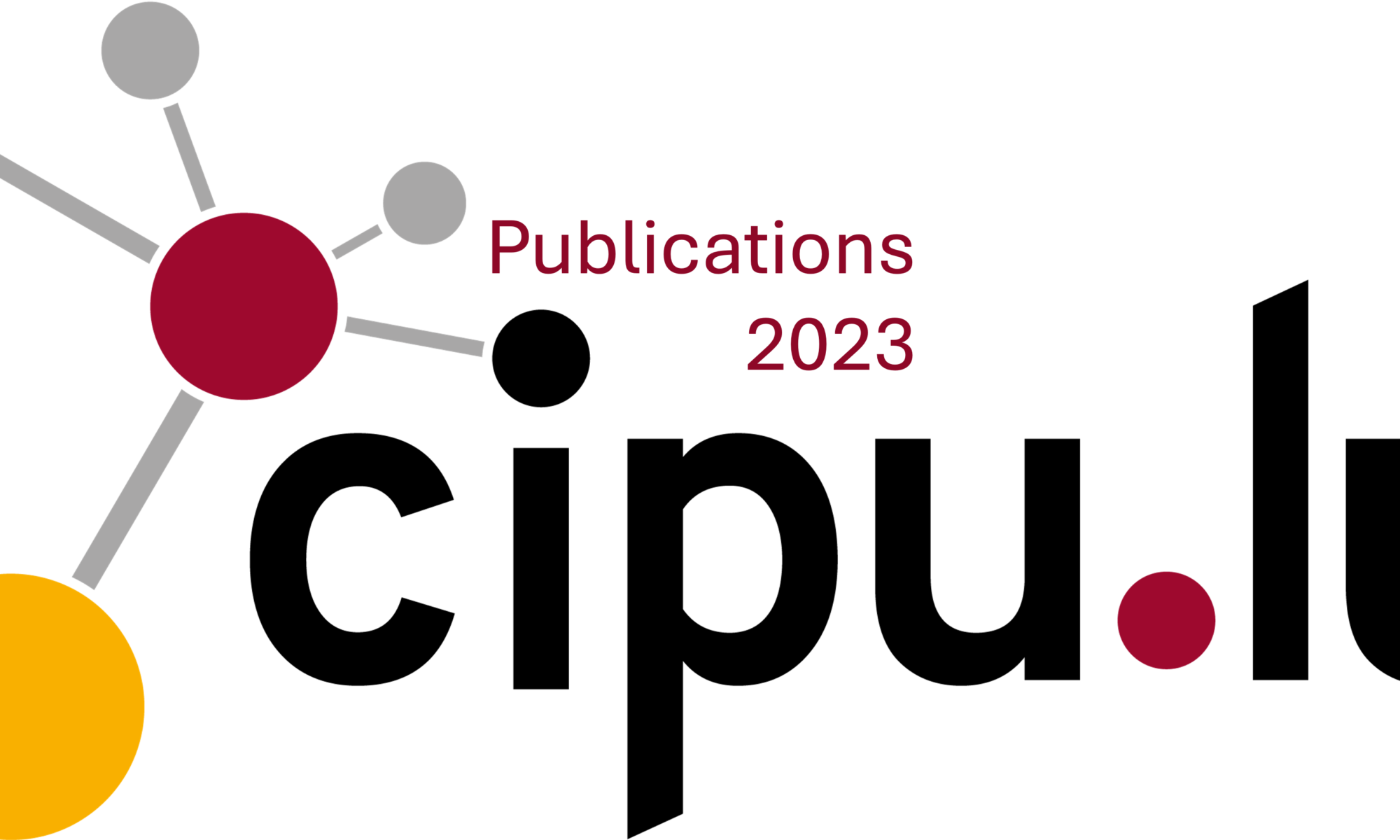Willkommen auf der vorübergehenden Seite der Cellule nationale d’information pour la politique urbaine (CIPU). Dies ist eine Austauschplattform, die sich mit stadtpolitischen und urbanen Themen in Luxemburg und in Europa auseinandersetzt. Die Kooperation im Rahmen der CIPU stützt sich auf eine Konvention zwischen dem Ministerium für Wohnungsbau und Raumentwicklung, dem Ministerium für innere Angelegenheiten sowie den vier größten Städten des Landes: Stadt Luxemburg, Stadt Esch-sur-Alzette, Stadt Dudelange und Stadt Differdange. Die aktuelle Konvention hat eine Laufzeit von 2022 bis 2026.
Da sich die Website momentan im Umbau befindet, finden Sie hier die Publikationen, die im Rahmen des Themenjahres 2023 “Funktionsmischung” erarbeitet wurden.


